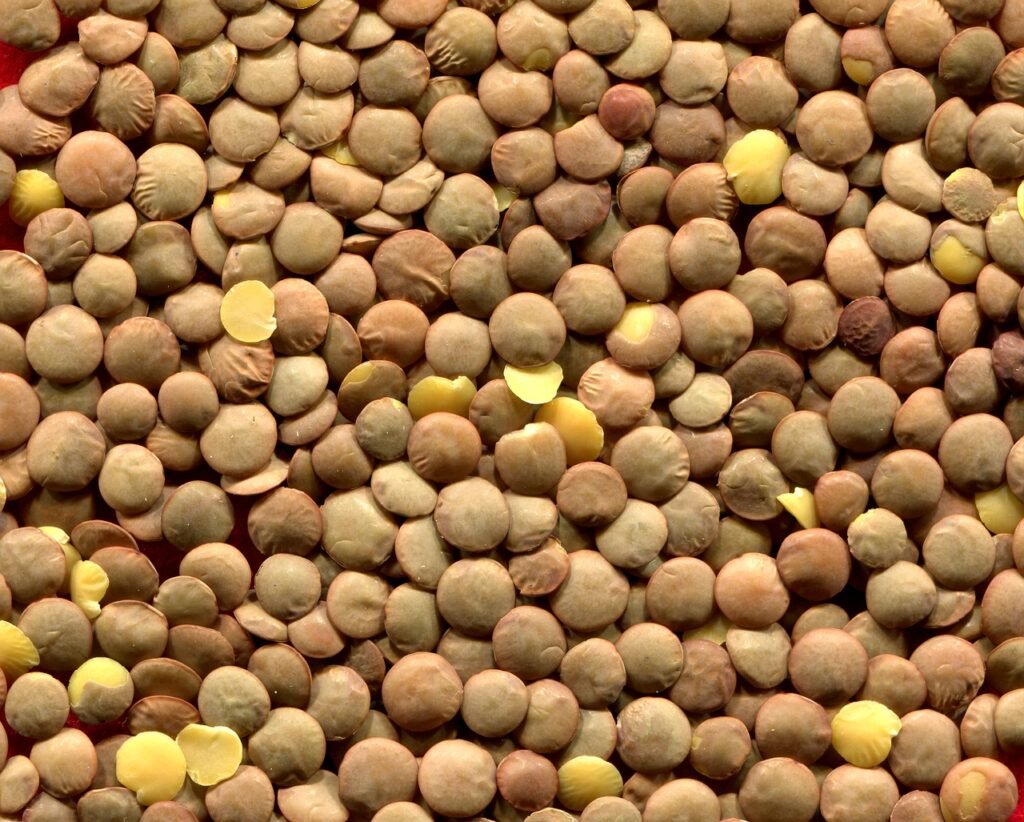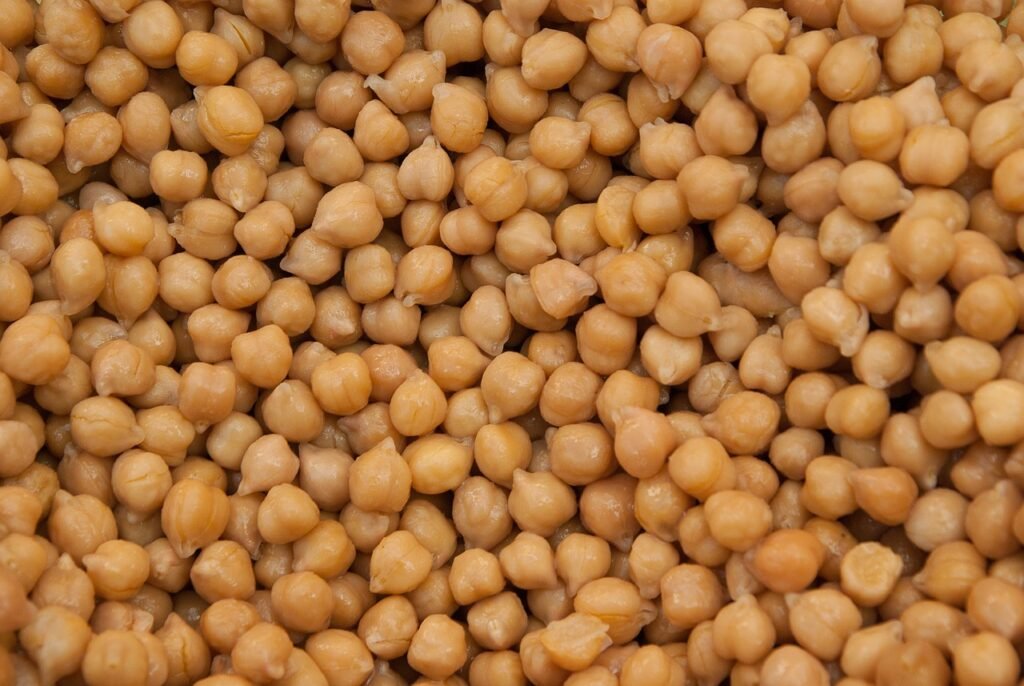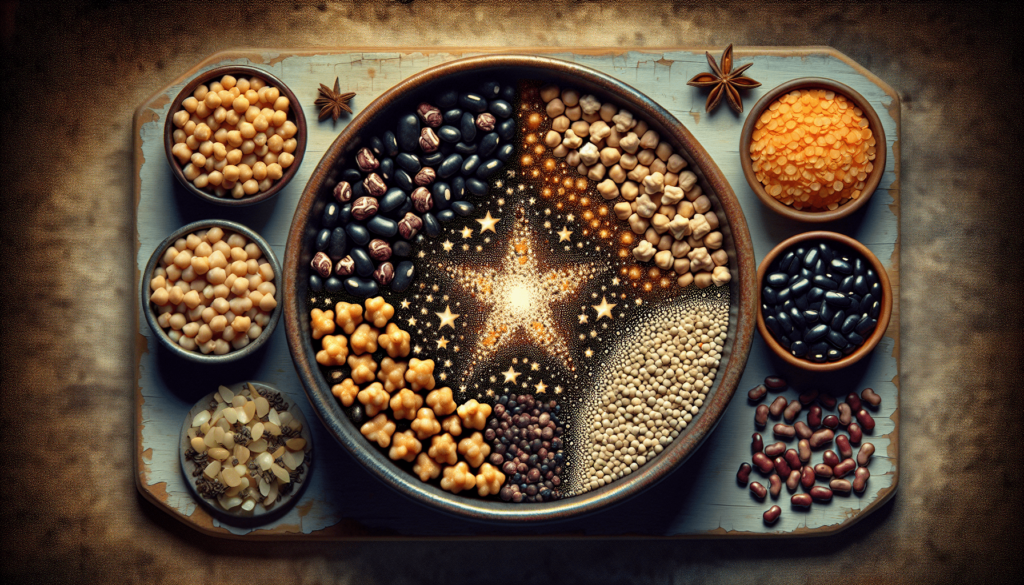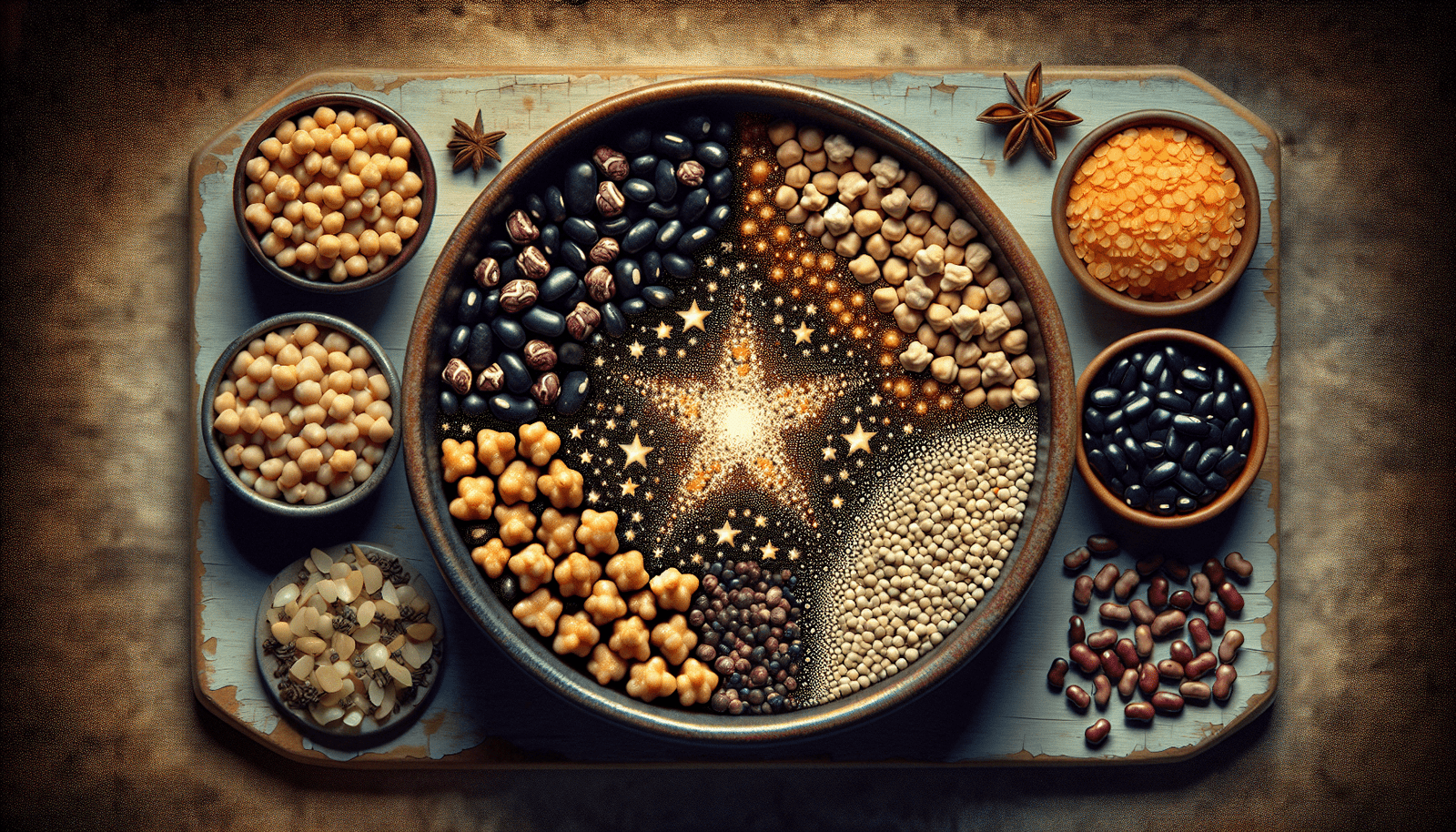Looking to boost your gut health with the power of legumes? By including a variety of beans, lentils, and chickpeas into your diet, you can support a healthy gut microbiome and improve digestion. From adding black beans to your tacos, throwing chickpeas into your salads, or blending lentils into a hearty soup, there are endless delicious ways to incorporate legumes into your daily meals for a gut-healthy lifestyle. Start experimenting with new recipes and enjoy the benefits of these fiber-rich superfoods today! What Are Some Ways To Incorporate Legumes Into A Gut-healthy Meal Plan?
Have you been looking for ways to improve your gut health through your diet? Legumes are a great addition to a gut-healthy meal plan due to their fiber content, which can help promote healthy digestion and support the growth of beneficial gut bacteria. In this article, we will explore various ways you can incorporate legumes into your meals to boost your gut health.

This image is property of pixabay.com.
Why Are Legumes Beneficial for Gut Health?
Legumes, such as beans, lentils, and chickpeas, are high in fiber, which is essential for maintaining a healthy gut. Fiber helps to regulate bowel movements, prevent constipation, and support the growth of good bacteria in the gut. This can lead to better digestion, improved nutrient absorption, and overall gut health.
Beans
Beans are a versatile and nutritious legume that can be easily incorporated into a gut-healthy meal plan. They are rich in fiber, protein, vitamins, and minerals, making them a great choice for supporting gut health.
Lentils
Lentils are another excellent legume to add to your meals for gut health. They are high in fiber, protein, and iron, making them a nutritious choice for promoting healthy digestion.
Chickpeas
Chickpeas, also known as garbanzo beans, are a nutrient-dense legume that can benefit gut health. They are a good source of fiber, protein, and vitamins, making them a great addition to a gut-healthy meal plan.
Ways to Incorporate Legumes Into Your Meals
Adding legumes to your meals doesn’t have to be complicated. There are many creative and delicious ways to incorporate legumes into your diet to support your gut health.
Soups and Stews
Soups and stews are great dishes to include legumes in. Beans, lentils, and chickpeas can be added to soups and stews to increase their fiber content and make them more filling and nutritious. Try adding black beans to a vegetable chili or chickpeas to a Moroccan lentil soup for a flavorful and gut-healthy meal.
Salads
Legumes can also be added to salads to boost their nutritional value. Chickpeas, black beans, and lentils can be mixed with fresh vegetables, herbs, and a tasty dressing to create a satisfying and healthy salad. Try making a chickpea and avocado salad or a lentil and beet salad for a delicious and gut-friendly meal.
Dips and Spreads
Hummus, a popular Middle Eastern dip made from chickpeas, is a delicious way to incorporate legumes into your diet. You can enjoy hummus as a dip for vegetables or pita bread, or spread it on sandwiches and wraps for a tasty and nutritious addition. You can also make black bean dip or lentil spread for a flavorful and gut-healthy snack.
Veggie Burgers
Legumes can also be used to make homemade veggie burgers that are packed with fiber and protein. Black bean burgers, chickpea burgers, and lentil burgers are all delicious options that can be enjoyed on a bun with your favorite toppings. Serve your veggie burgers with a side of roasted vegetables or a salad for a complete and gut-healthy meal.
Stir-fries
Stir-fries are a quick and easy way to incorporate legumes into your meals. Beans, lentils, or chickpeas can be added to stir-fries with vegetables, a protein source, and a flavorful sauce for a nutritious and satisfying dish. Try making a tofu and black bean stir-fry or a chickpea and vegetable stir-fry for a delicious and gut-friendly meal.

This image is property of pixabay.com.
Tips for Cooking Legumes
Cooking legumes can be intimidating for some people, but with a few simple tips, you can easily incorporate them into your meals.
Soaking
Soaking legumes before cooking can help reduce cooking time and make them easier to digest. Simply cover the legumes with water and let them soak for several hours or overnight before cooking.
Seasoning
Adding herbs, spices, and aromatics to legumes while cooking can enhance their flavor and make them more enjoyable to eat. Try adding garlic, cumin, paprika, or fresh herbs to your legume dishes for an extra boost of flavor.
Cooking Methods
There are several cooking methods you can use to prepare legumes, including boiling, simmering, pressure cooking, and slow cooking. Experiment with different methods to find the one that works best for you and produces the tastiest results.
Canned vs. Dried
While dried legumes are a more economical option, canned legumes are a convenient and time-saving choice. If using canned legumes, be sure to rinse them well before adding them to your dishes to reduce sodium content.

This image is property of pixabay.com.
Conclusion
Incorporating legumes into your gut-healthy meal plan is a simple and delicious way to support your digestive health and overall well-being. By adding beans, lentils, and chickpeas to your meals in creative and flavorful ways, you can increase your fiber intake, promote the growth of beneficial gut bacteria, and improve your gut health. Experiment with different recipes and cooking methods to find the ones that work best for you and enjoy the many benefits of including legumes in your diet. Your gut will thank you!


